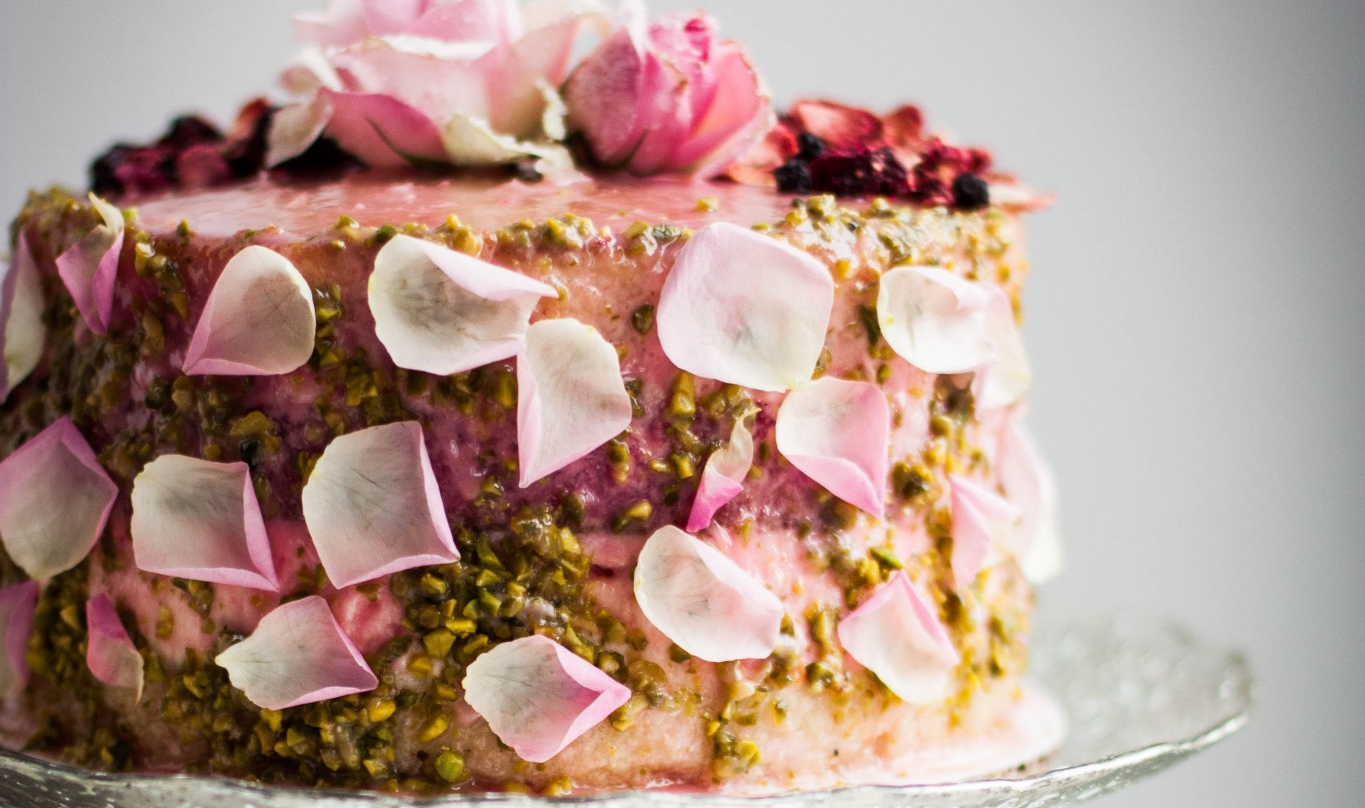Cooking, preparation, preservation… So many steps count to feast on vegetables. Here are all the mistakes to stop making with asparagus and our tips to enjoy them.
Spring vegetable par excellence, asparagus is present on our Sunday lunch tables or Easter meal. It can be enjoyed raw with sauce, risotto, velvety, quiche, or as an accompaniment to meat. With white or green asparagus, there are mistakes that we all make that prevent us from enjoying it to the fullest. Here are all the ones that you no longer have to commit to feast with these fibers!
Cook them at all costs
Do you usually cook your asparagus before eating it? What a waste! Asparagus can be eaten raw without any preparation – or almost. The white ones need to be peeled but not the green ones. To enjoy them raw, wash them, and cut off the ends. Season them and you have the delicious recipes for salads and toasts!

Cook them in too much water
Asparagus has a slightly bitter taste when poorly cooked. But do you know where it comes from? Cooking water, simply. Since this vegetable is naturally made up largely of water, it is better to avoid cooking them in a large pot of water. Cut the hard base of the vegetable, peel them and tie the bottom of their stem, gathering 6-8 asparagus. Place them vertically in boiling salted water, spikes upwards. The goal is to steam the spikes so do not bathe them completely. Allow 8 to 12 minutes of cooking from the boil. Once cooked, drain them to remove excess water and incorporate them into your recipe. If asparagus remains bitter, discover our tips to save your recipe! Otherwise, to be sure not to miss the cooking, you can steam them in, a pan or oven.

Keep them for a long time without preparing them
If you wait before eating them, your asparagus may harden and lose taste. To keep them for a few days, they should be placed in a damp cloth in the vegetable tray of the refrigerator with a drizzle of olive oil for up to 4 days. The fat allows them to retain all their freshness without them becoming wet with a bad taste. If you plan to keep them for several months, opt for storage in the freezer. Blanch them, cool them, and dry them before storing them in a tightly closed bag in the freezer.

Don’t miss interesting posts on Famousbio










